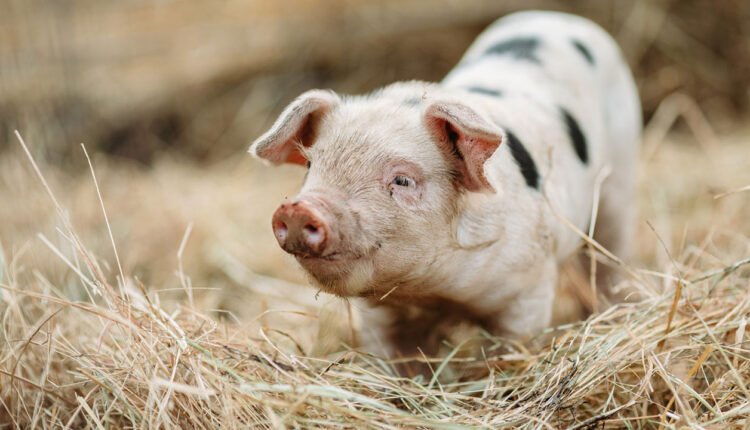
Innovative Approach Paves the Way for Bioengineered Tooth Regeneration
Researchers have developed a novel method to create bioengineered tooth buds by seeding dental stem cells onto decellularized tooth bud extracellular matrix scaffolds. This advancement holds promise for improved therapies for tooth loss, potentially offering a biological alternative to traditional dental implants.
Tooth loss is a significant issue in oral health and is typically treated with implant therapy. However, recent advancements in tissue engineering offer promising alternatives. A study published in Stem Cells Translational Medicine details a novel approach to bioengineer tooth structures using decellularized tooth bud (dTB) extracellular matrix (ECM) scaffolds.
In this study, researchers created bioengineered tooth buds by seeding dTB ECM scaffolds with human dental pulp cells, porcine tooth bud-derived dental epithelial cells, and human umbilical vein endothelial cells. These constructs were then implanted into the mandibles of adult Yucatan minipigs and observed over periods of 2 to 4 months. The results demonstrated the formation of tooth structures, indicating the potential of this method for tooth regeneration.
This approach addresses some limitations associated with traditional dental implants, such as limited lifespan and potential for jawbone resorption. By utilizing a scaffold derived from natural tooth structures, the bioengineered teeth may better integrate with the surrounding oral environment, promoting more natural function and longevity.
While further research is necessary to translate these findings into human applications, this study represents a significant step toward developing biological tooth replacements. Click here to read more.


